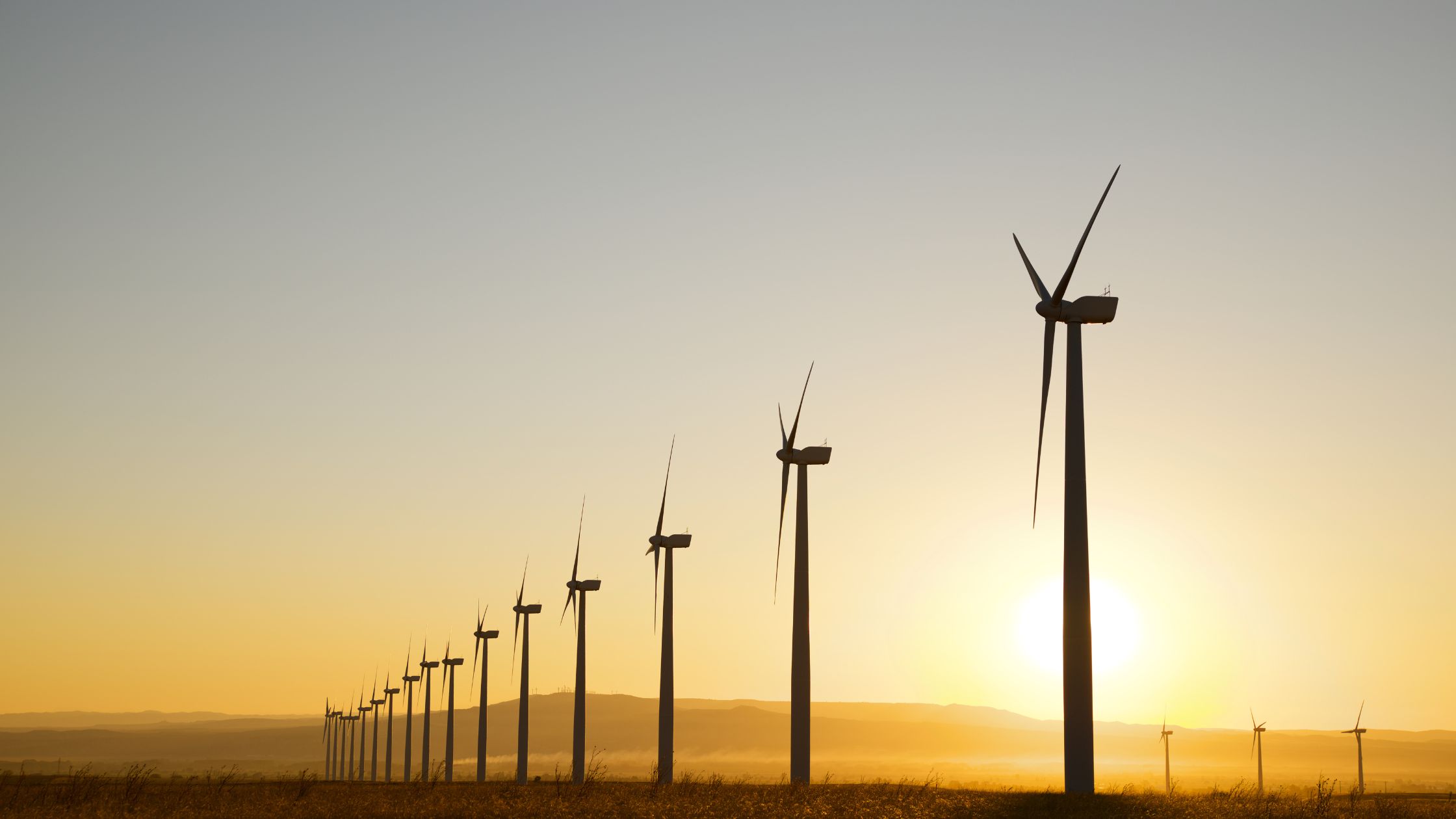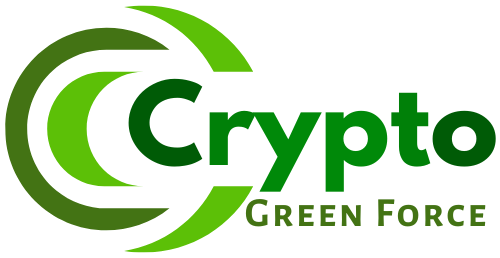Introduction
Renewable energy is derived from natural sources replenishing at a higher rate than consumed for example sunlight, wind, water and other resources which are being replenished.
Wind energy is a renewable energy and is the most compelling resource of all. It is an inexhaustible source among the others. Wind is seen as a foreseeable power in future. Wind energy does not create greenhouse gases rather, it is a renewable source and saves the environment.
Moreover, In this vlog we will get to know what wind energy is, the advantages of wind energy and the benefits of wind energy.
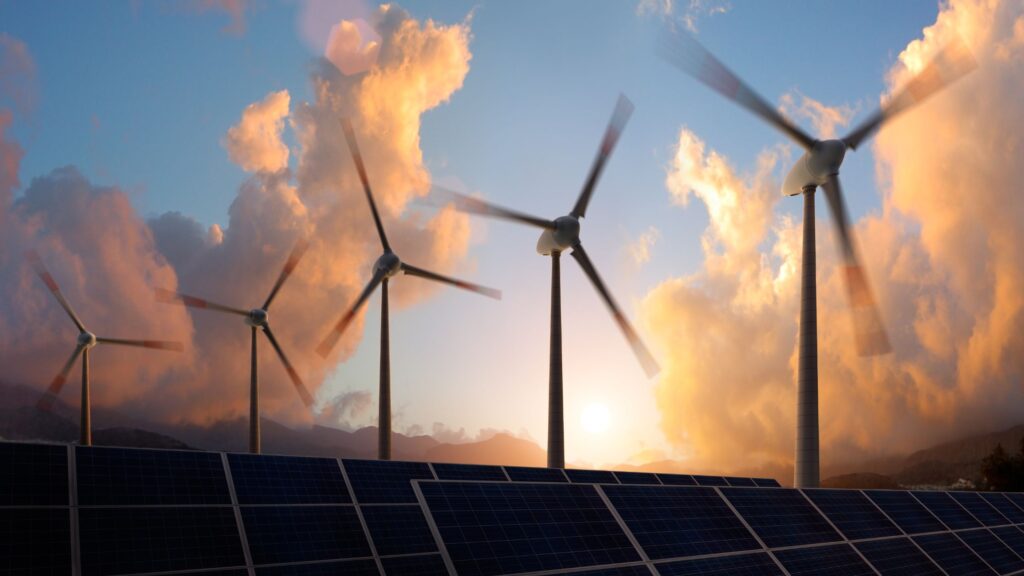
What is Wind Energy?
Moreover, It is a renewable energy which transmits the power of wind to electrical energy. Furthermore, This process involves converting the motion of the turning blade to electrical energy. Furthermore, In simple words kinetic to electrical energy is converted.
How wind energy is generated?
Explanation of wind turbines: Wind turns the turbine’s propeller that spins the generator creating electricity. Wind turns the blades generating kinetic energy which in turn is converted to electrical energy.
- Conversion of wind into electrical energy: Wind turbines use the blades to collect the kinetic energy created by the winds. Moreover, The blades in turn are connected to a shaft which produces electricity.
- History and development of wind energy
Moreover, The use of it started way back in 5000 BC when wind was used to navigate boats and propel boats. Furthermore, By the period 200 BC wind-powered water pumps were used in China, and windmills were used to grind grain in Persia which eventually spread across the globe.
How Wind Energy Works
Moreover, The wind makes the blades spin resulting in the creation of kinetic energy which rotates the blade. This rotation of the blade leads to making the shaft in the nacelle turn, converting the kinetic into electrical energy.
- Components of a wind turbine
The foundation, the tower, the nacelle, the rotor and hub, and the blades are the components required for wind turbines.
- Process of energy conversion
Furthermore, A wind turbine collects the kinetic energy of the winds over the blades creating generic energy. It is connected to the electric generator and produces electricity. It does not create any greenhouse gasses which in turn is good for the environment.
- Grid integration and energy storage
Additionally, Integrating power and sources technologies is crucial for regulation in modern systems, ensures cost-effectiveness and reliably promotes the adoption of energy sources.
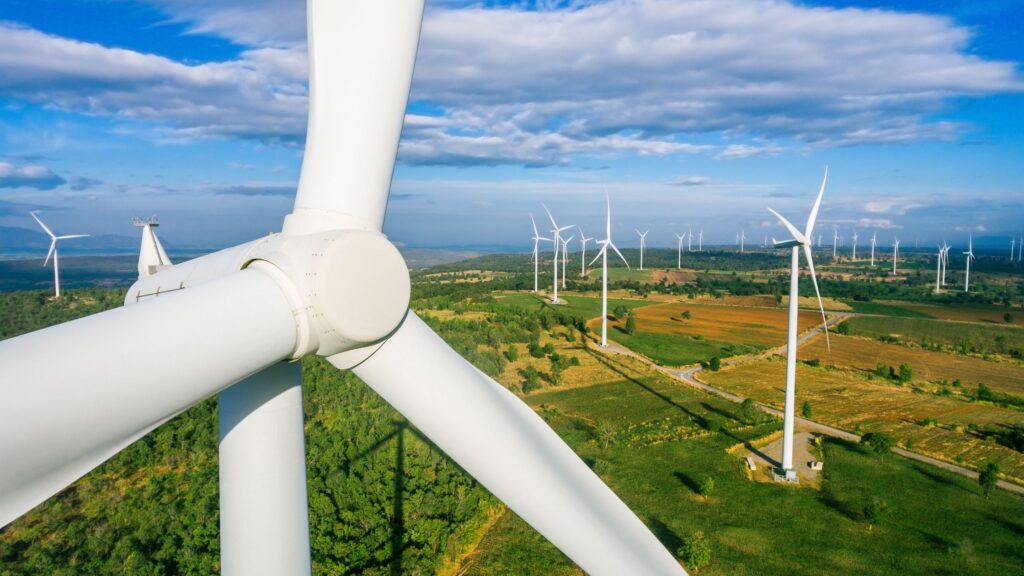
Advantages of Wind Energy
- Renewable and sustainable energy sources: The most popular sources include wind, solar, and renewable. Biofuel is also a unique form through which power is generated and used.
- Low operational costs after initial setup: as wind is a new source the initial cost is high but there would be no cost associated with earning the fuel.
- Minimal environmental impact: many birds, bats and other species are killed due to the blades of wind turbines but through wind turbines, there are fewer deaths compared to.
- Job creation and economic benefits: Moreover, this industry is wide as it is a major employer with various jobs ranging from construction to maintenance.
- Energy independence and security: It improves energy security, depends less on non-renewable sources and creates employment in industries.
Its Benefits
- Reduction in greenhouse gas emissions: It produces around 11 gm of CO2 per kWh of electricity whereas coal produces around 465g of CO2 for natural gas.
- Decreased reliance on fossil fuels: wind turbines do not produce greenhouse gasses or pollutants. They decrease the carbon dioxide emissions and protect the climate.
- Support for rural economies: the primary benefit is in the rural region.Where it has the potential to create employment opportunities. Including the operation, installation, skilled force and so on.
- Potential for offshore wind energy development: the potential areas are around the coast. States like Gujarat, Maharashtra and Tamil Nadu are the potential sites for It development.
- Scalability and adaptability of wind energy projects: It is a viable solution as demands grow and electricity can be integrated seamlessly.
Disadvantages of Wind Energy
- Initial high costs of wind turbine installation: the initial cost of the wind turbines and other setups are higher in cost. The outlet is estimated at around 5 million per installed.
- Intermittency and reliability issues: renewable source creates reliability when it comes to managing electricity and it’s harder to predict the available load.
- Noise and visual impact: Moreover, the windmills generate noise from the rotation and with the interaction the noise level is affected by the distance, source and other factors.
- Impact on wildlife and ecosystems: Moreover, It farms affect animals via collision, noise pollution, and habitat resulting in reduced survival.
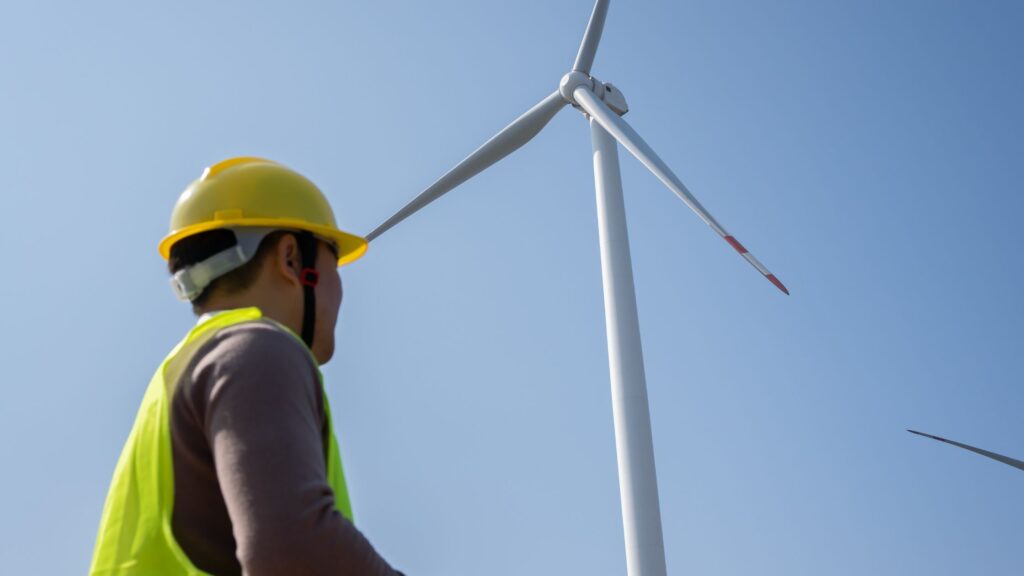
Conclusion
In conclusion, adopting it is required as it reduces the carbon footprint of production and serves as a great replacement for fossil-based power generation. The use of It also reduces the greenhouse gasses in the environment. To know more about It visit crypto green force. If you like this blog do like and subscribe and leave your experience in the comments below.
FAQ Section
- How does It work?
The wind turns the propeller of the blade which turns the motor and generates electricity and is stored in the generator.
- What are the advantages of It?
It creates good jobs, domestic sources, clean and renewable sources and is cost-effective.
- What are the benefits of It?
Moreover, It is cost-effective, works in different settings, does not emit greenhouse gases and creates various job sources.
- What are the disadvantages of It?
Furthermore, They have to compete with other low-cost energy, in remote locations, process noise and impact wildlife.
- Is It reliable?
Wind farming is reliable only when the wind is billowing if there is no wind no electricity is generated for long-term use it is a yes.
- Can It be used everywhere?
It can be created at a greater scale except for the benefit of installing wind turbines.

